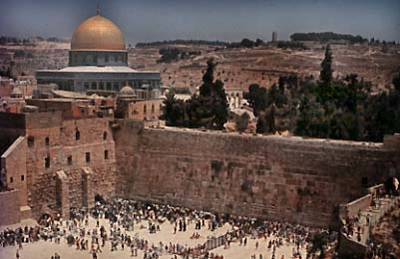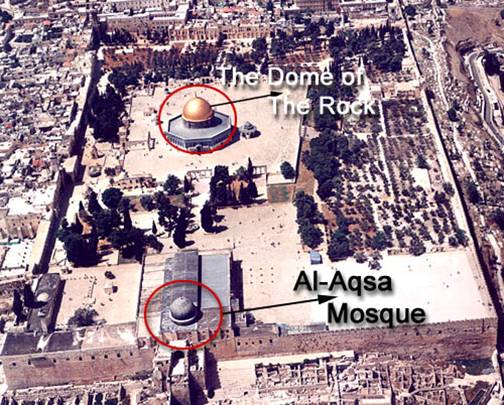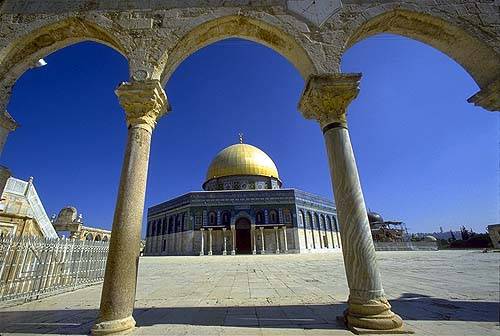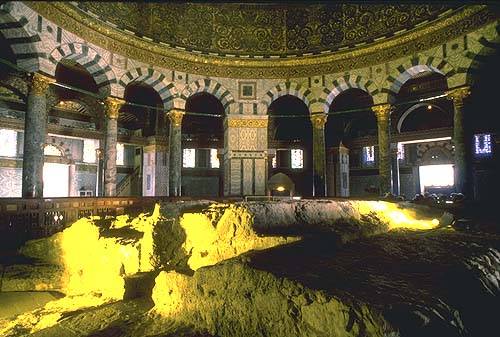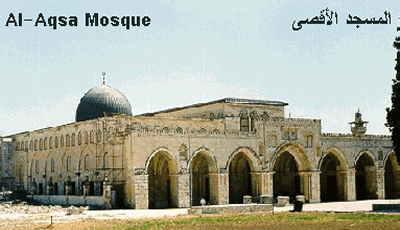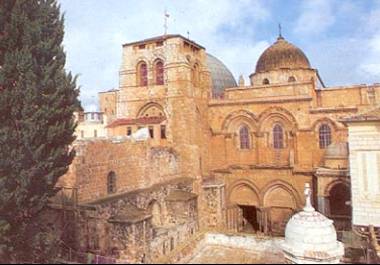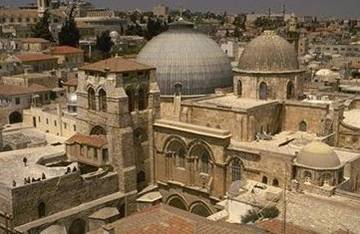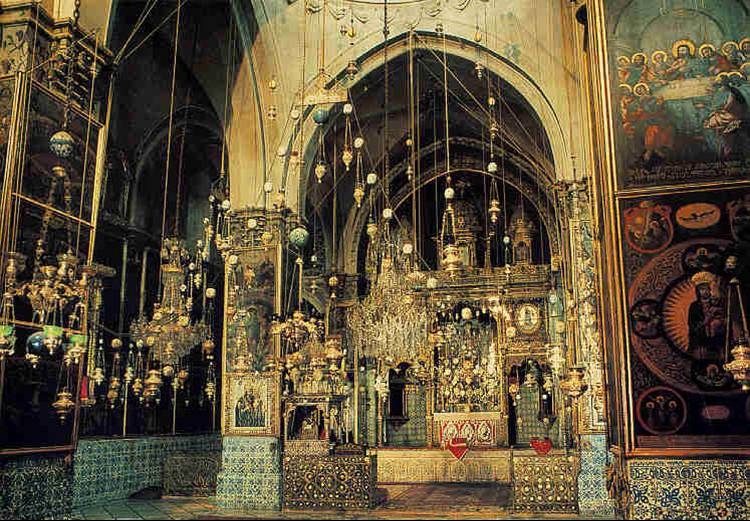 |
As
a supplement to the
notes for this unit, I would like to briefly sketch the
history of Jerusalem
because of its crucial role both in the history and the current
conflict.
Jerusalem predates the Biblical conquest
by David; the city had an estimated population of 2,000 around 3,400
years
ago. Then came the Hebrew conquest; ~3000
years ago David conquered Jerusalem,
which until then was controlled by the Canaanite tribe the Jebusites,
who
called it Orsalem, the “city of light.” David changed the history
of the city and the
region by making it the capital of his growing kingdom. He did so
for several reasons: 1) its central
location made it ideal; 2) it was a conquered Canaanite city and thus
was
not directly associated with any of the constantly quarrelling 12
tribes of
Israel (this promoted unity among them all because the choice of this
city as
capital was not showing favoritism to one or another group); 3) it was
built on
a steep hillside that could be defended by stout walls; and 4) it was
supplied with water by a nearby spring (Gihon). (One
of the most important developments described in the Old Testament
was when Hezekiah had the waters diverted from outside the city walls
inside
via an aqueduct that protected the city’s water supply from an Assyrian
army
that had laid siege to the city).
Left: Jerusalem
in 2000
|
Solomon, as noted earlier,
built the
First Temple in the city. When the Kingdom of Israel split after his death Jerusalem became the
capital of the two tribes of Judah
in the South. The sacred
Temples
of Judaism were built on the site of a holy rock believed to be the
spot where
Abraham prepared to sacrifice his son Isaac. Nebuchadnezzar
II's Babylonian forces destroyed the First
Temple in 586 BC as they conquered Judah. A Second Temple was
built much later on the same spot, but Roman legions destroyed most of
it while crushing the revolt in 70 CE, leaving only the Western (Wailing)
Wall.
This site is a focal point in the
Arab-Israeli conflict and, indeed, it was Ariel Sharon’s
controversial visit to the Temple
Mount in 2000
that sparked the current Intifadah. Muslims believe that Muhammad
ascended
into heaven from the holy rock on the site of the Temple during the
Miraj or ascension, this around
the year 620.
Right: The "Old City" of Jerusalem inside the city
wall |
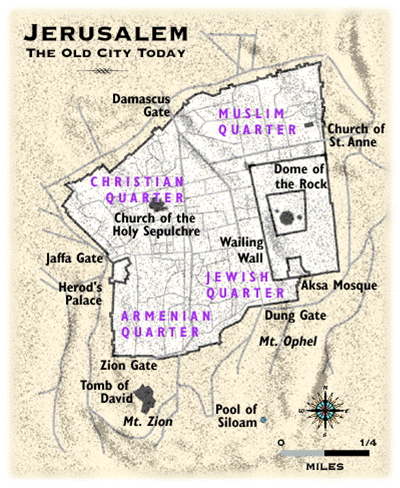 |




